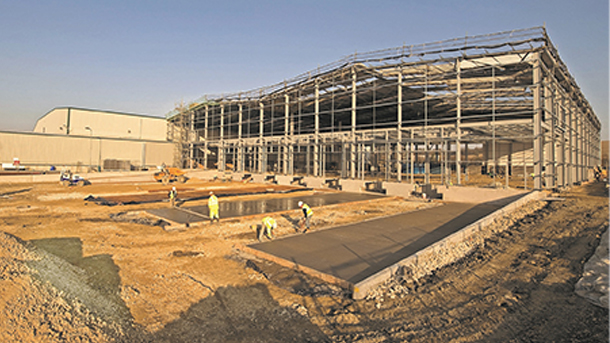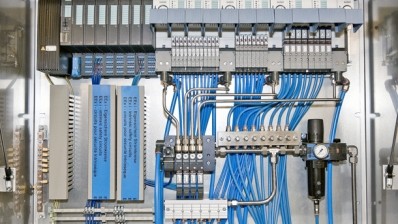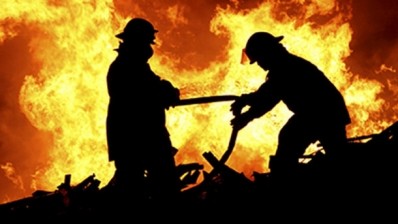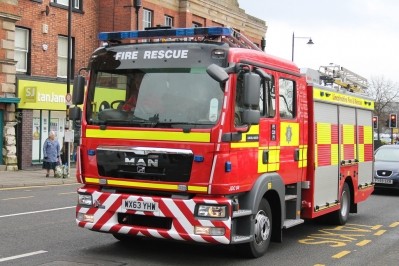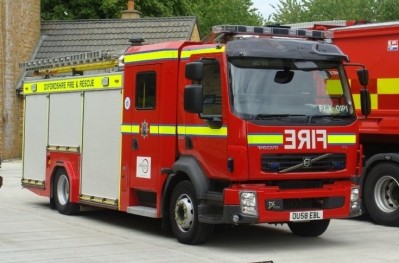Food factory design: Can fire risk be designed out?
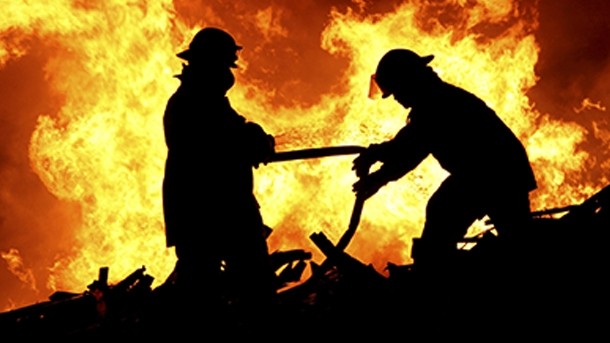
According to corporate insurance specialist FM Global, fire damage cost the UK’s commercial sector around £620M in 2012.
One estimate puts the proportion of businesses which never reopen after a major fire at more than a third.
Russell Kirby, group manager for account engineering at FM Global, points out: “Fires in the UK have become less frequent, but when they do happen, they tend to be more severe.
“Businesses of all kinds should carry out a business impact analysis regarding fire risk before the project design process begins. We firmly believe that the majority of loss is, typically, preventable.”
The risks may be especially severe where commercial property has been built speculatively, said Kirby, with only a general understanding of end-use requirements.
“Risk management needs to be built into the design decision-making process from the very beginning,” he emphasised.
Risk managers have always had a role in helping to shape new-build projects, said Debbie Day, managing partner at insurance broker Lockton.
“But the importance of that role increased significantly following the spate of large fire losses in the food production and distribution industry around 15 years ago.
“And the subsequent reaction from the insurance market in the form of substantial premium rises and more stringent loss-prevention requirements.”
Risk management (Back to top)
As she points out, this more active risk management coincided with a sharper food industry focus on safety and resilience in the design and maintenance of facilities.
“The increase in primary fires in food and drink manufacturing in 2015/16 was the first such increase in 14 years,” Day noted. “Total fires are still 52% lower than a decade ago.”
There have been other changes in the way factory design in general is regulated. Chalcroft Construction points to a 2015 amendment to the Construction (Design & Management) Regulations, which aims to pre-empt any health and safety risks, including any stemming from the facility design.
“The designated ‘principal designer’ is now a more onerous position, requiring an intimate understanding of the project as well as constant evaluation and review from the early concept stage,” said Chalcroft md Paul Morley.
He confirms that as – FM Global recommends – most major construction projects include a focus on risk management from the concept stage.
“We will often meet with insurers very early on to ensure that, for example, the materials are compliant with their standards,” said Morley.
“Most of the compartmentation element in design is driven by insurers, over and above any legal requirements. This helps to drive premiums down.”
The compartmentation of factory and warehouse spaces ensures that the highest-risk areas can effectively be isolated by firewalls and fireshutters, rated to allow any outbreak to be contained for a minimum amount of time (between one and two hours, typically).
Specifically, Day at Lockton said: “Areas of buildings that are to house higher-fire-hazard processes such as fat fryers, ovens, smoke boxes and spray dryers should be compartmented in their own area, the compartmentation being for a minimum of 60 minutes fire resistance.”
Warehouses should, said Lockton, ideally be detached from the main production building. “But if adjoining, they should be sub-divided by firewalls, firedoors and shutters with a minimum fire rating of two hours,” said Day.
Other potential flashpoints include plantrooms for utilities such as electrical, heating, ventilation, compressed air and refrigeration.
Forklift truck battery charging is another recognised hazard that needs to be catered for.
Design strategies (Back to top)
In many ways, when it comes to design strategies, risk management and production efficiencies are tugging in opposite directions.
For example, from the point of view of the free flow of product around the factory, efficiency demands that space should be divided up as little as possible.
Day highlighted another area where priorities may conflict: “Consolidation of production facilities into a smaller number of sites in order to achieve cost savings and production efficiencies brings with it potential increased business interruption risks, and this represents another driver for the involvement of the risk manager or insurer.”
As Chalcroft points out, the cost impact of major fires is more likely to be felt in lost production – and the knock-on effect on retailer contracts – than in damage to the premises themselves.
Of course, it would be wrong to paint a picture of insurance-driven standards operating over the heads of the regulators.
Health and safety regulations play a critical role in ensuring, for example, that both escape routes for personnel and access for fire-fighting are designed into a new building.
“The approval of officers from the fire service is required as part of the sign-off in order to comply with Building Regulations,” said Morley at Chalcroft.
There are other requirements when it comes to the fit between buildings and equipment.
At project management company Lorien Engineering Solutions, operations director Bill Treddenick said: “The Provision and Use of Work Equipment Regulations [PUWER], for example, states that any piece of equipment used in industry must be safe and fit for purpose.” Where appropriate, a risk review should be carried out.
Also important are the Dangerous Substances and Explosive Atmospheres Regulations (DSEAR).
As well as governing the safeguards around the storage of flammable liquids and other high-risk substances, DSEAR applies to any point in the process generating large amounts of dust.
“The process design has to be reviewed to assess whether there will be points of release and, if so, whether this will create an explosible atmosphere,” said Treddenick.
“In food, over the past five or 10 years, we have seen a better understanding of just how potentially dangerous dust explosions can be.”
Dust release (Back to top)
If dust release cannot be eliminated in the first place, it needs to be minimised, said Lorien. And if it cannot be avoided, safe design, cloud prevention, the removal of all points of ignition (such as electrics) and good housekeeping procedures (dust clean-up) will be required.
Strict maintenance schedules can play an important part in minimising fire risk. The maintenance of electrics and cabling is essential, and sometimes requires a thorough review.
As with dust explosions, Lorien identifies this as an area where one high-profile case can prompt many other companies to review their own processes and infrastructure.
“Around three years ago, the Müller Wiseman dairy near Droitwich was hit by an electrical fire, which started in the switch room,” said Treddenick.
“That sent out a signal that the same thing could happen to other factories. It prompted several of Lorien’s customers to carry out important reviews of their own.”
In this case, where necessary, sections of equipment and cabling were taken out and replaced over a period of time, said Lorien.
The challenges are often similar whenever a plant with any sort of longevity requires upgrading to reduce fire risk.
“It’s usually not so much a technical as a logistical challenge,” Treddenick said, pointing out that the main priority will probably be minimising the impact on production.
“You need innovative ways of proceeding such as, for example, replacing a ceiling from above rather than from below.”
Impact mitigation in the event of a fire can go beyond compartmentation and other construction strategies, of course. Day at Lockton said:
“Expenditure on additional measures such as general building sprinkler systems and spot-protection such as water mist, carbon dioxide or wet chemicals on deep-fat fryers and other hazardous plant, such as travelling band ovens, may be justified.”
In fact, many believe these are measures that should be more tightly regulated. In certain areas, said FM Global, UK fire legislation for commercial property lags behind other countries in Europe.
“Astonishingly, the current legal requirement in the UK is for sprinkler systems to be fitted in warehouses of 20,000m2 or more,” Kirby explains.
“This compares with legal thresholds of 1,200m2 and 2,000m2 respectively in Germany and Spain.
“The Association of British Insurers has called for the compulsory installation of sprinklers in new premises including warehouses of over 2,000m2.
“Many organisations, including the Fire Protection Association and the London Fire Brigade, support this proposed modernisation of fire safety legislation.”
But, of course, better to prevent the fire occurring in the first place than limit the damage when it does.
Arson remains the largest single cause of major fires, and there is a commonly-held belief that there is little that can be done about this in design terms.
Not so, said Lorien’s Treddenick. “I’ve carried out a lot of safety reviews. “It’s surprising how often you see cardboard compacting or waste product bins under the eaves of the factory.”
